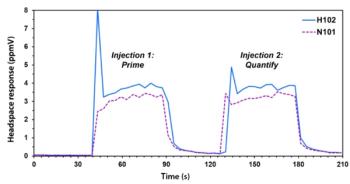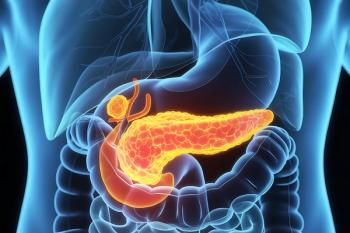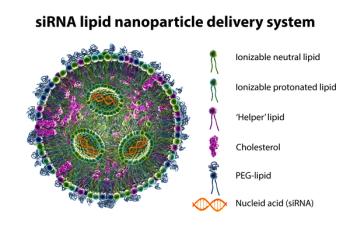
- The Column-05-02-2012
- Volume 8
- Issue 8
Seafood bacteria
A team of scientists from Spain has isolated a strain of the bacteria Streptococcus parauberis from spoiled vacuum-packed refrigerated seafood.
A team of scientists from Spain has isolated a strain of the bacteria Streptococcus parauberis from spoiled vacuum-packed refrigerated seafood.1S. parauberis causes mastitis in cows and produces streptococcosis in farmed fish, but it is not harmful to humans.
The team carried out a full characterization and found two bacterial isolates that were identified by 16S rRNA gene sequencing. Both isolates were also characterized by Matrix-Assisted Laser Desorption/Ionization Time-of-Flight Mass Spectrometry (MALDI‑TOF MS). Genetic and proteomic analysis was carried out and allowed for the identification of five mass peaks in the range of 2200–6000 m/z that was specific to the species S. parauberis. These results allow for the rapid identification of other pathogenic and spoilage bacteria that can potentially be present in seafood.
The team concluded that this was the first report of S. parauberis in seafood. In addition, they deduced that MALDI-TOF MS provides a rapid method for the identification of the bacteria.
1. J. Barros-Velazquez et al., Food Microbiology, 30(1), 91–97 (2012).
Articles in this issue
over 13 years ago
Cancer identificationover 13 years ago
Cave markingsover 13 years ago
DNA damageover 13 years ago
Market Profile: Supercritical Fluid Chromatographyover 13 years ago
Curbing Food Contamination CrisesNewsletter
Join the global community of analytical scientists who trust LCGC for insights on the latest techniques, trends, and expert solutions in chromatography.





